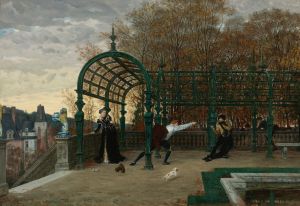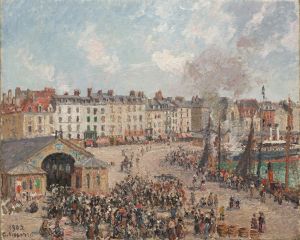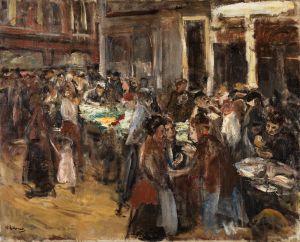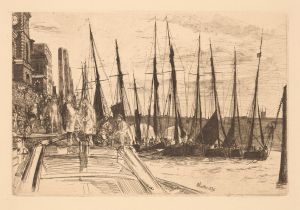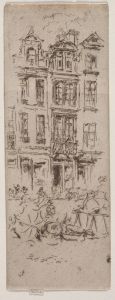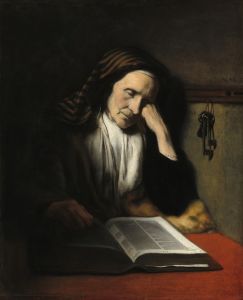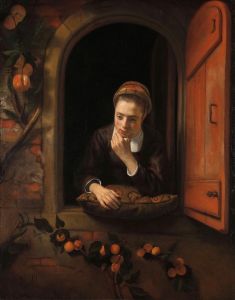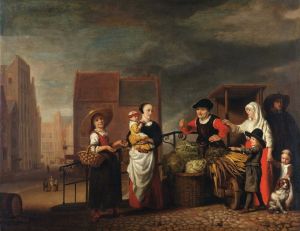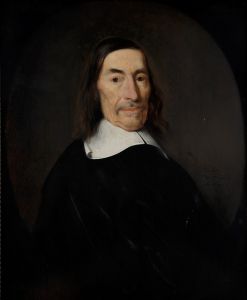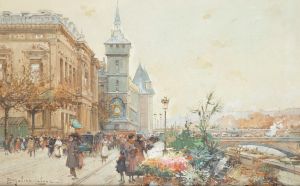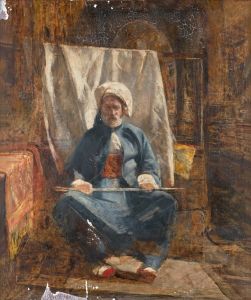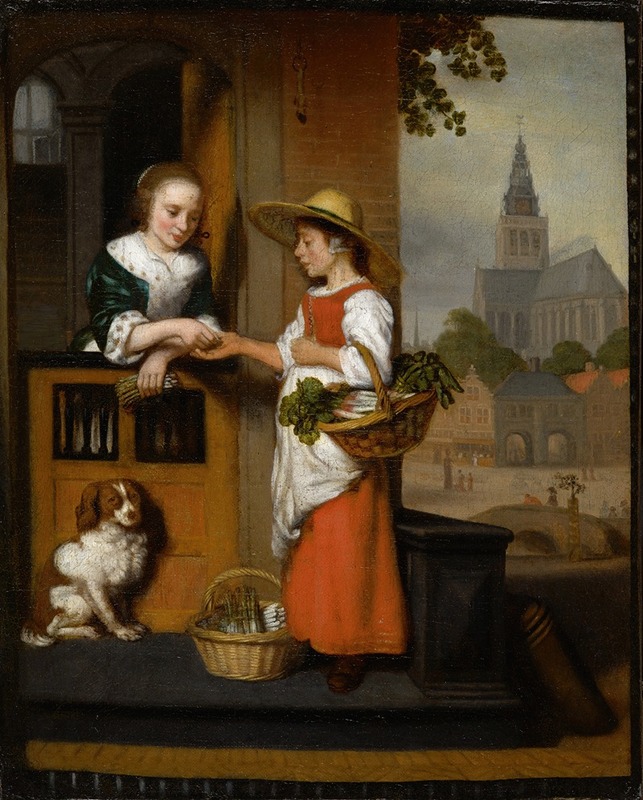
Vegetable Seller
A hand-painted replica of Nicolaes Maes’s masterpiece Vegetable Seller, meticulously crafted by professional artists to capture the true essence of the original. Each piece is created with museum-quality canvas and rare mineral pigments, carefully painted by experienced artists with delicate brushstrokes and rich, layered colors to perfectly recreate the texture of the original artwork. Unlike machine-printed reproductions, this hand-painted version brings the painting to life, infused with the artist’s emotions and skill in every stroke. Whether for personal collection or home decoration, it instantly elevates the artistic atmosphere of any space.
Nicolaes Maes, a prominent Dutch painter of the 17th century, is known for his contributions to genre painting and portraiture. One of his notable works is "Vegetable Seller," which exemplifies his skill in capturing everyday life scenes with a keen eye for detail and a warm, engaging style. Maes was a pupil of Rembrandt, and his early works show the influence of his master, particularly in the use of chiaroscuro and the depiction of domestic interiors.
"Vegetable Seller" is a genre painting, a category of art that focuses on scenes from everyday life, often featuring ordinary people engaged in common activities. This painting is a fine example of Maes's ability to portray the mundane with a sense of dignity and charm. The work likely dates from the period after Maes had moved away from the dramatic chiaroscuro of his early works towards a brighter palette and a more detailed, narrative style.
In "Vegetable Seller," Maes depicts a woman selling vegetables, a common sight in the bustling markets of the Dutch Golden Age. The composition is carefully arranged to draw the viewer's attention to the central figure, the vegetable seller, who is portrayed with a sense of realism and vitality. Her expression and posture suggest a moment captured in time, as she engages with her surroundings and potential customers. The vegetables are rendered with meticulous attention to detail, showcasing Maes's skill in still life painting as well.
The setting of the painting is typical of Maes's genre scenes, often featuring domestic interiors or market scenes that provide a glimpse into the daily lives of 17th-century Dutch citizens. The background and surrounding elements are painted with a softer focus, allowing the central figure and her wares to stand out more prominently. This technique not only highlights the subject but also creates a sense of depth and space within the composition.
Maes's work during this period reflects the broader trends in Dutch art, where there was a growing interest in depicting the lives of ordinary people. This was partly due to the rise of the middle class in the Netherlands, who became patrons of the arts and were interested in artworks that reflected their own lives and values. Paintings like "Vegetable Seller" would have appealed to this audience, offering both aesthetic pleasure and a reflection of their own experiences.
The painting is also notable for its use of color and light. Maes employs a warm palette, with rich earth tones that give the scene a sense of warmth and vibrancy. The light is used to highlight the textures of the vegetables and the fabric of the seller's clothing, adding to the realism of the scene. This attention to detail and the interplay of light and shadow are hallmarks of Maes's mature style.
"Vegetable Seller" is a testament to Nicolaes Maes's ability to elevate the ordinary to the extraordinary through his art. It captures a slice of 17th-century Dutch life with authenticity and charm, making it a valuable piece for understanding the social and cultural context of the time. The painting remains an important work within Maes's oeuvre and a fine example of Dutch genre painting from the Golden Age.





